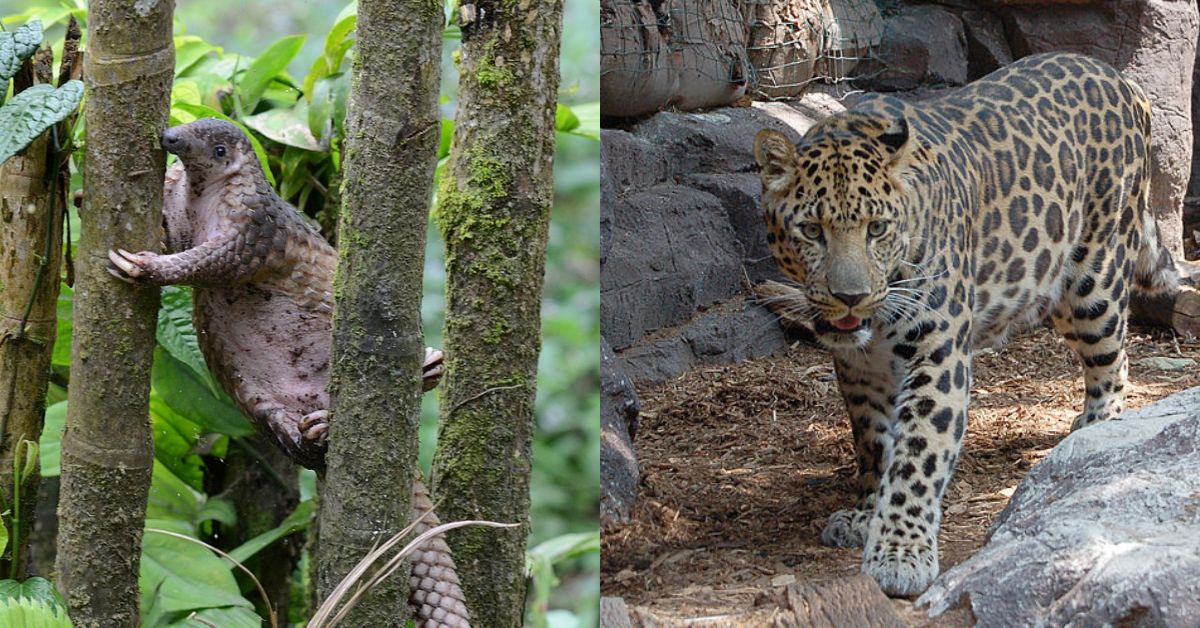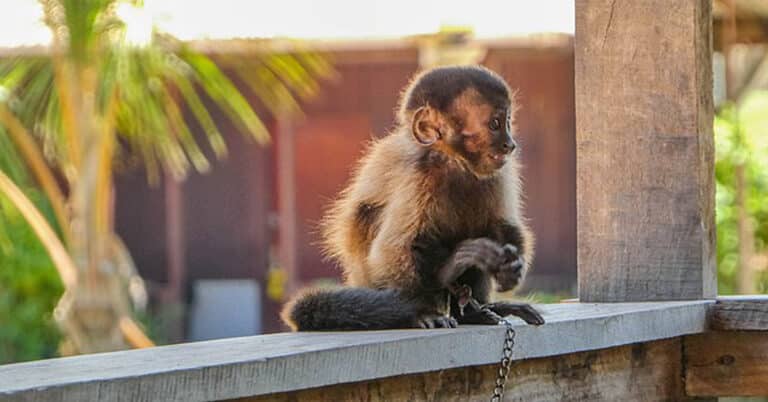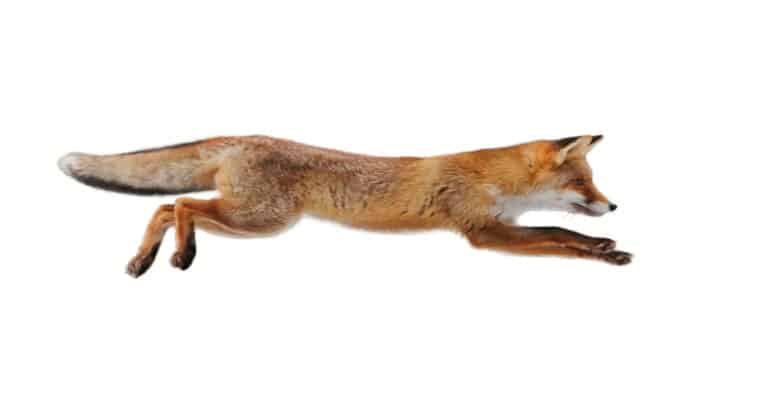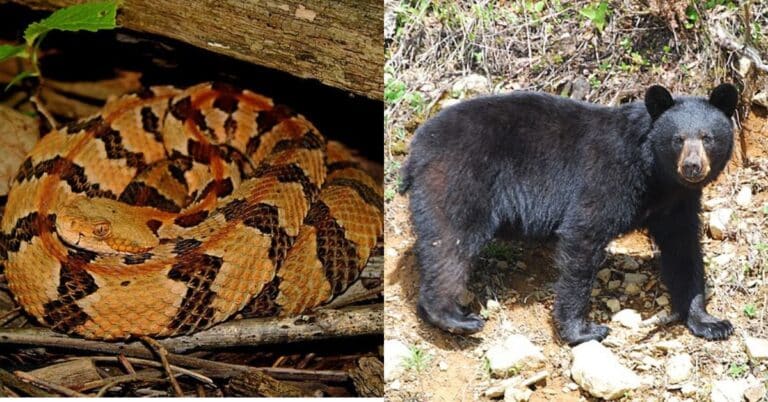5 Rarest Animals in the World Facing Imminent Extinction
Did you know that our planet is home to an astonishing 8.7 million animal species? Among them, only 1.2 million have been formally identified.
This vast number highlights the incredible diversity of life on Earth, but it is essential to recognize the alarming trend of biodiversity decline. This unprecedented rate causes the rarest animals in the world to face a critical battle against extinction – with their habitats under threat and various challenges putting their survival at risk.
But don’t lose hope just yet! Worldwide conservation efforts and deeply committed enthusiasts are willing to restore and preserve the natural habitats of the rarest animals.
Whether you’re curious to learn about the world’s rarest animals or find a correlation between their uniqueness and the threat of extinction, this guide will give you the low-down! In this article, you’ll learn about the 5 rarest animals in the world, whose existence will undoubtedly redefine how you see the natural world.
Rarest Animals in the World
1. Amur Leopard
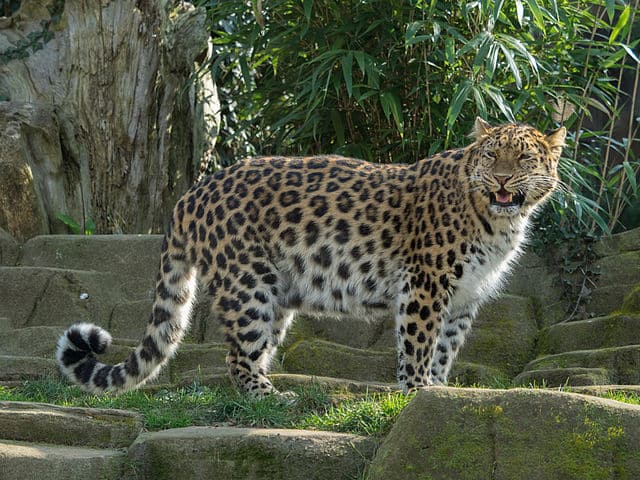
The Amur Leopard, often referred to as the far eastern leopard, is widely considered one of the rarest animals in the world. Sadly, their numbers have decreased to less than 100 individuals in their natural habitat. What sets them apart is their stunning coat and their remarkable ability to adapt to their surroundings.
This magnificent creature’s struggle for survival serves as a stark reminder of the pressing need to safeguard and appreciate the diverse life forms that grace our planet. Unfortunately, they face dire threats, primarily stemming from the loss of their habitat and the menace of poaching. To ensure their survival, it is crucial to implement conservation measures such as protected areas and robust anti-poaching initiatives.
These Amur Leopards call the Russian Far East and northeastern China their native home. However, if fate smiles on you, you will have a chance to observe one in North Korea as well.
For those who wish to catch a glimpse of these elusive rarest animals in the world, the Land of the Leopard National Park in Russia stands as the primary destination. This park was established with a mission – to safeguard the remaining population of these critically endangered leopards.
2. Vaquita
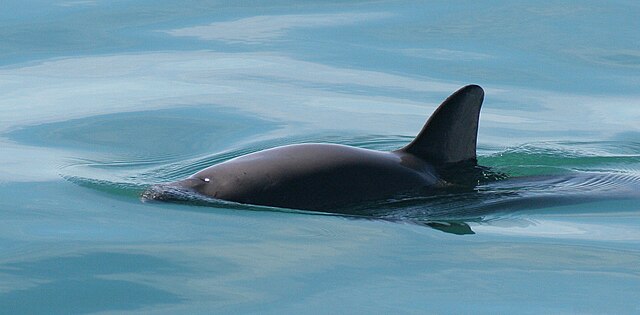
The vaquita, discovered in 1958, holds the unfortunate title of being the world’s rarest marine mammal and one of the rarest animals in the world. This porpoise is easily identifiable by its distinctive features, boasting large gray fins and a dark ring encircling its eyes.
Unfortunately, the vaquita population has been pushed to the brink of extinction due to illegal fishing operations in the Gulf of California. Today, only around 18 of these remarkable creatures remain, making their survival a race against time, with the prospect that most people may never have the chance to witness one in the wild.
Efforts to protect the vaquita involve a multifaceted approach that combines scientific research, advocacy, and collaboration. From the rigorous enforcement of regulations to the establishment of protected zones, a global community is uniting to ensure the vaquita’s survival.
It’s crucial to understand that vaquitas are endemic to a very specific region – the northern Gulf of California, also known as the Sea of Cortez, a narrow body of water situated between the Baja California Peninsula and mainland Mexico.
This region represents the sole known habitat of the vaquita. The vaquita’s range is incredibly limited, and they do not exist in other oceans or seas. Their habitat is characterized by shallow, murky waters with intricate tidal and current patterns. Unfortunately, this limited range enhances their vulnerability, making them the rarest animals in the world, as any threats or alterations to this environment can have a profound impact on the species.
3. Pangolin
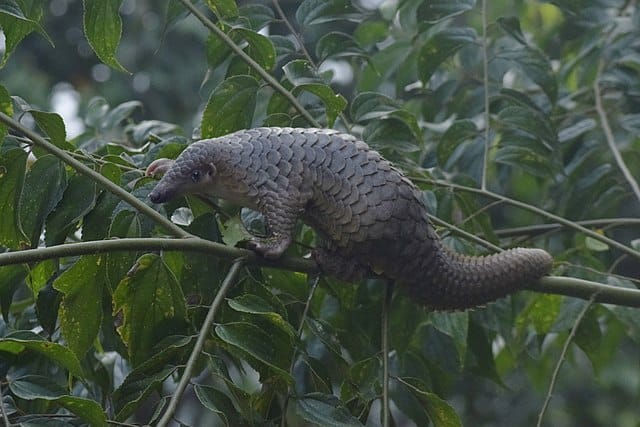
Do you know what’s scaly from tip to tail and can curl into a ball? The answer is pangolin! When most people list the rarest animals in the world they want to see, they often start with big animals like leopards and rhinos. But the most rewarding to spot can be the most elusive – the world’s only mammal covered in scales.
Sometimes mistaken for reptiles due to their scaly appearance, pangolins are, in fact, mammals. When threatened, they employ a remarkable defense mechanism, rolling into a protective ball that exposes only their tough scales. These creatures remain enigmatic, with little known about their behavior, making it challenging to estimate their wild population sizes. However, given the high demand for pangolin meat and scales and the alarming scale seizures in 2019 and 2020, it’s widely believed that their population is decreasing.
There are 8 pangolin species spread across two continents, and their conservation statuses range from Vulnerable to Critically Endangered status. In Africa, you may come across Black-bellied pangolin, White-bellied pangolin, Giant Ground pangolin, and Temminck’s Ground pangolin.
For instance, western Kenya is home to Giant Ground pangolins and tree pangolins, and travelers have reported sightings in various locations, including the Lake Naivasha Area, Tsavo Conservation Area, and the Mara Triangle on the border with Tanzania.
In Namibia, the Okonjima Nature Reserve stands out as a prime spot to spot pangolins and is also home to the African Pangolin Research Program, which studies wild Temminck’s ground pangolins to gain a better understanding of these elusive creatures.
For those far from Africa, the opportunity to observe four pangolin species in Asia awaits. The Indian pangolin, Philippine pangolin, Sunda pangolin, and Chinese pangolin can be found here. It’s worth noting that all eight pangolin species, regardless of their location in Asia or Africa, are protected under both national and international laws, underscoring the urgent need for their conservation.
4. Javan Rhino
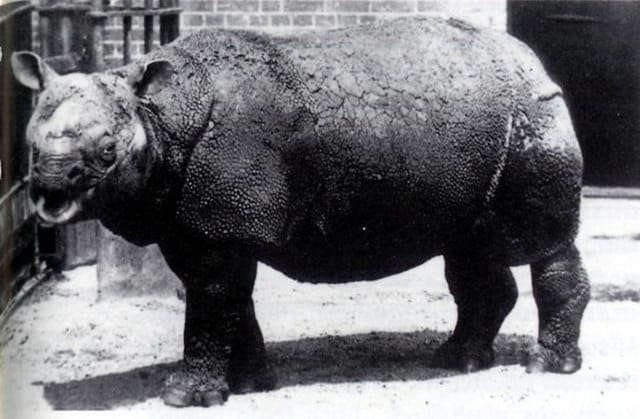
In the heart of the mystical Java island in Indonesia, a remarkable creature from legend still roams the Earth – the Javan Rhino. This one of the rarest animals in the world, with its armor-like skin and solitary habits, takes us back to an archaic time. However, the unfortunate reality is that this incredible rhino is on the brink of extinction. With just a handful of them remaining, their lush forest homes are vanishing due to human activities.
Thankfully, brave conservationists are working tirelessly to protect these gentle giants. They’re creating safe havens and ensuring that these rhinos can continue to roam their ancient lands.
Are you curious where Javan Rhinos can be observed? Then you should know that they are native to the island of Java in Indonesia. They mainly inhabit dense tropical rainforests, grasslands, and reed beds near rivers and swamps. The largest known population of Javan Rhinos can be found in Ujung Kulon National Park, situated on the westernmost tip of Java.
Ujung Kulon National Park is a crucial stronghold for the survival of the Javan Rhino. It offers a protected haven for these critically endangered creatures. The park’s rugged terrain, dense vegetation, and remote location have played a vital role in safeguarding this species against numerous threats.
5. Kakapo
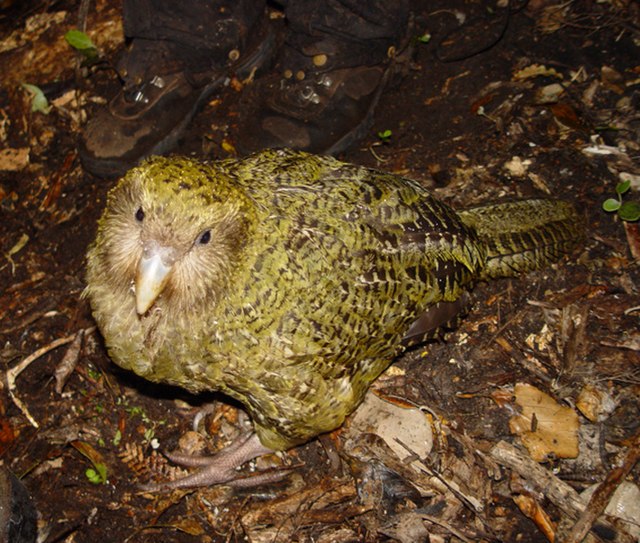
The kakapo, a fascinating nocturnal parrot indigenous to New Zealand, boasts an impressive lifespan of up to 60 years. However, unfortunately, the arrival of humans on the island and the subsequent introduction of cats led to a devastating decline in their population. That’s why it’s considered one of the rarest animals in the world today. It was feared that they had become extinct in their native range, but, hopefully, the New Zealand government took action and launched a conservation and relocation effort to save the kakapo.
Thanks to these efforts, the species is now making a remarkable recovery with a steadily growing population. Presently, there are 116 mature adults living on three smaller islands in New Zealand, all of which are under strict protection.
Conservationists have also gone to great lengths to ensure the safety and growth of the kakapo population. They’ve tagged and closely monitored all the adult birds. By testing the breeding-age adults and providing supplementary feeding, they’ve managed to significantly boost the birth rate and overall survival of these remarkable parrots.
How Many Animals Go Extinct Every Day?
As highlighted in a significant report by the United Nations, the global extinction crisis is accelerating, with as many as one million plant and animal species standing on the brink of permanent disappearance. The report also raises a stark warning that, by 2050, a staggering 30 to 50 percent of all species could face the threat of extinction.
Other estimates further magnify the scale of this crisis – mentioning that an astonishing 30,000 species are vanishing annually. These rarest animals in the world are equating to an alarming rate of 82 species lost daily. For your better understanding, just imagine that 4 species are disappearing every hour. Sounds devastating, right?
Unfortunately, human activities are a leading driver of this loss. Practices such as agriculture and aquaculture are rapidly transforming the habitats of countless species, replacing thriving ecosystems with zones of human development.
To put this in perspective, before significant human impact, Earth’s “natural” or background rate of extinction was approximately one species out of one million per year. This implies that the current rate of flora and fauna extinction may be up to 1,000 times higher than historical norms, underscoring the urgent need for conservation efforts.
Final Thoughts
Overall, although the earth is filled with unique and fascinating animals, these rarest animals in the world are so few that they are in danger of going extinct. The world’s most endangered creatures, from the gentle vaquita porpoise to the fierce Javan rhinoceros, serve as a constant reminder of the fragility of life and the value of conservation efforts.
Despite the range of challenges these creatures face, like habitat loss and poaching, there is still hope for their survival thanks to the support of committed people and organizations. To make sure that future generations have the chance to experience the beauty and wonder of these rarest animals in the world, we must keep working to safeguard them and their habitats.

Nato is a content writer and researcher with a background in psychology who’s eager to explore the wonders of nature. As a travel enthusiast and animal lover, she hopes to inspire others to discover and cherish the beauty and importance of the natural world.

